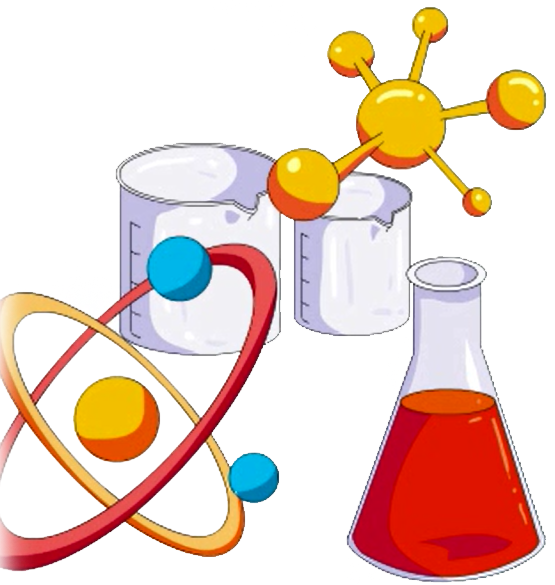|
|
Metrology is the general term for measuring activities. Traditionally, these activities are restricted to the measurements of length, volume and weight; therefore, the term “metrology” reminds most common people of measuring instruments like ruler, bushel and scale. However, along with the development of technology, measuring activities have expanded to time, temperature, electric current, light intensity and mass of matter. Hence, in the broad sense, metrology includes every kind of measurement, and the metrological standard is a unified national or international measuring unit system, a foundation used to ensure the accuracy of measurements.
The words "Unify The Metrological System By Standards" in ancient China's Yu Book marked the earliest record of our country's metrological system; it said that ancient China used the pitch pipe of Huangzhong as the metrological standard, the so-called "Huangzhong Standard". Recorded in historical documents, the "Standard Capacity Measure" of the Xinmang Period stored in the National Palace Museum is the earliest official metrological instrument, on which the inscription "Unify The Metrological System By Standards" means unifying the concept, instruments and practice of metrology by the use of "standards". However, the permissive management and lack of consistent metrological policy in all the past dynasties caused chaos in the system. After the establishment of R.O.C., the government decided to set up a unified metrological system consistent with the international standard in order to promote international trade. The "Metrological Standard Proposal of the R.O.C.", issued on July 18, 1928, determined the use of the international metric unit system as our standard system, and also allowed the usage of the "Market Unit System" which was broadly used by the people. "The Weights and Measures Act", issued on February 16, 1929, stipulated that the clauses formulated in the Metrological Conference would be the metrological standards of our country, and required the establishment of the "National Bureau of Metrology", an increase in the number of "Inspection Institute of Weights and Measures (IIWM)", and the training of sufficient and qualified inspectors. In 1947, the "National Institute of Metrology" and the "Industrial Standard Committee" were merged into the "National Bureau of Standards (NBS), MOEA", to manage our metrological standards and promote the metric unit system. The idea of setting a national inspection center was put into effect in 1978, and eventually the National Measurement Laboratory (NML) was formally established on July 12, 1987 (currently managed by the Center for Measurement Standards of the Industrial Technology Research Institute). It periodically compares our basic units with the basic standards of other countries, determining the difference and consequently promoting the consistency of metrological systems around the world. The metrological administrative business of NBS and the commodity inspection business of BCI were integrated, and reorganized into the Bureau of Standards, Metrology & Inspection (BSMI), MOEA on January 26, 1999, and the businesses of IIWM of Taiwan Province, Taipei and Kaohsiung were consigned to the seventh task force of NBSI and its subordinates. In response to the requirements associated with trading, certification, official inspection, environmental protection, public safety, medical affairs and sanitation, we have, in recent years, irregularly announced the type of metrological instruments to be examined, enhanced the management and improved the quality of metrological instruments, in order to offer a stable trading environment, ensure the fairness of trade, and safeguard public health and the environment.
The "Metrological Standard Proposal of the R.O.C.", issued on July 18, 1928, determined the use of the international metric unit system as our standard system, and also allowed the usage of the "Market Unit System" which was broadly used by the people. "The Weights and Measures Act", issued on February 16, 1929, stipulated that the clauses formulated in the Metrological Conference would be the metrological standards of our country, and required the establishment of the "National Bureau of Metrology", an increase in the number of "Inspection Institute of Weights and Measures (IIWM)", and the training of sufficient and qualified inspectors. In 1947, the "National Institute of Metrology" and the "Industrial Standard Committee" were merged into the "National Bureau of Standards (NBS), MOEA", to manage our metrological standards and promote the metric unit system. The idea of setting a national inspection center was put into effect in 1978, and eventually the National Measurement Laboratory (NML) was formally established on July 12, 1987 (currently managed by the Center for Measurement Standards of the Industrial Technology Research Institute). It periodically compares our basic units with the basic standards of other countries, determining the difference and consequently promoting the consistency of metrological systems around the world. The metrological administrative business of NBS and the commodity inspection business of BCI were integrated, and reorganized into the Bureau of Standards, Metrology & Inspection (BSMI), MOEA on January 26, 1999, and the businesses of IIWM of Taiwan Province, Taipei and Kaohsiung were consigned to the seventh task force of NBSI and its subordinates. In response to the requirements associated with trading, certification, official inspection, environmental protection, public safety, medical affairs and sanitation, we have, in recent years, irregularly announced the type of metrological instruments to be examined, enhanced the management and improved the quality of metrological instruments, in order to offer a stable trading environment, ensure the fairness of trade, and safeguard public health and the environment.














